Research
Quantum Computing
Today's computers operate using the binary system, in which information is encoded as bits which can be either 0 or 1. According to quantum mechanics, a physical system can be in a superposition of states, with amplitudes that are represented by complex numbers. By building a computer from quantum bits, or qubits, it is possible to take advantage of these amplitudes to solve some problems exponentially faster than conventional computers.
As quantum particles, photons have the properties necessary to act as qubit. They also have the advantage of being easily transmitted over great distances without being disturbed by their environment. They can therefore be used as one of the basic elements for the construction of quantum computers.
Entangled photon sources
One of the properties that distinguishes quantum systems is that they can have much stronger correlations than classical physics predicts. For example, two photons that are measured several light-years apart from one another could give perfectly correlated measurement results. These correlations are called quantum entanglement. Quantum entanglement is one of the important resources that is useful for quantum information technologies.
For photons to be entangled in a useful way, they must be created in a very particular way. In our labs, we use parametric downconversion, which divides photons in two into nonlinear crystals to create entangled states of photons.
Group Members
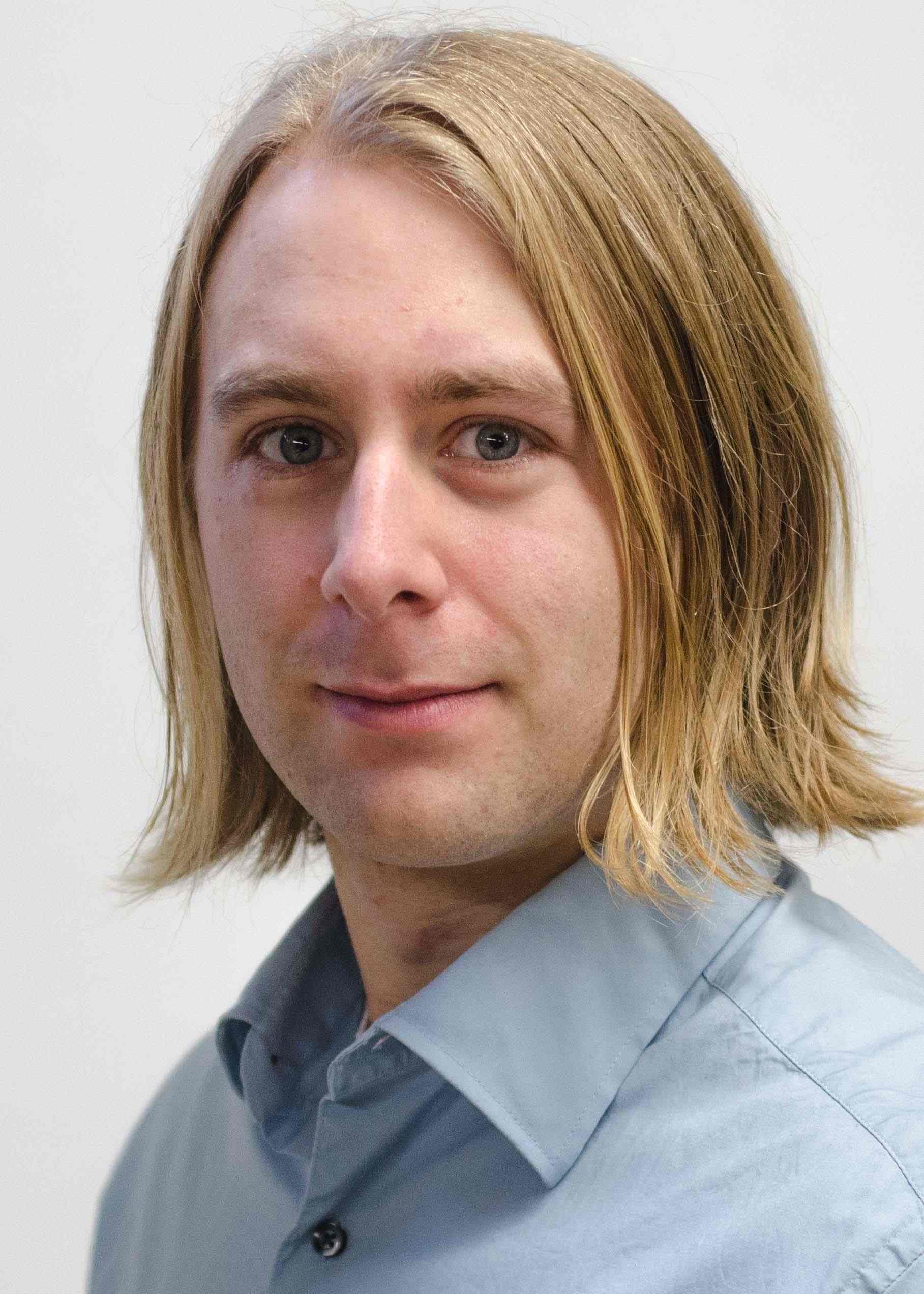 Deny Hamel joined Université de Moncton in 2014. He is an associate professor and Canada Research Chair in Optics and Quantum Information. Deny Hamel joined Université de Moncton in 2014. He is an associate professor and Canada Research Chair in Optics and Quantum Information. |
|
 For his MSc (2022), Alexandre Léger used a switchable cavity to enhance cascaded SPDC. He is now exploring the use of photon precertification for quantum information for his PhD. For his MSc (2022), Alexandre Léger used a switchable cavity to enhance cascaded SPDC. He is now exploring the use of photon precertification for quantum information for his PhD. |
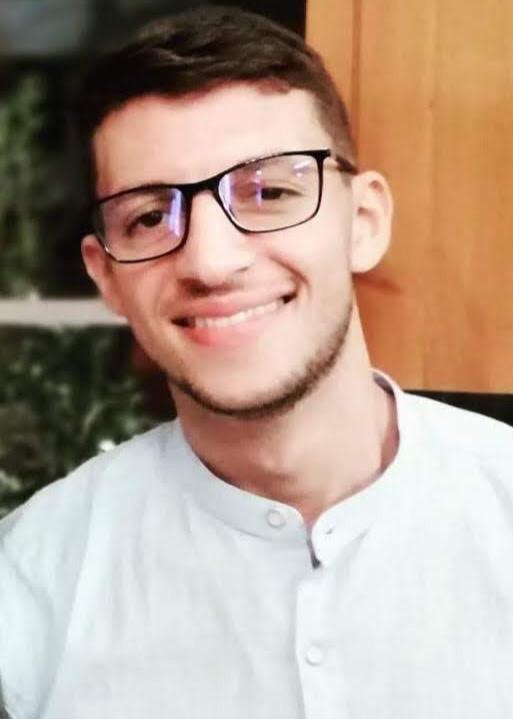 Mohammed Charafi started his MSc in 2023. He is working on amplifying cascaded downconversion through spectral filtering. Mohammed Charafi started his MSc in 2023. He is working on amplifying cascaded downconversion through spectral filtering. |
Recent alumni
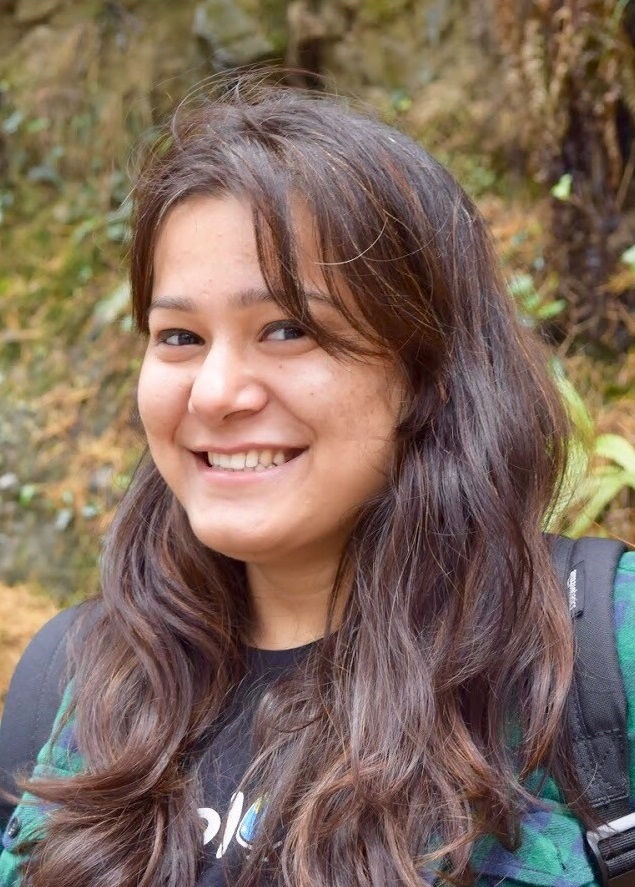 Samridhi Gambhir did a postdoc with us from 2020 to 2023, working on cascaded SPDC. She is now a quantum researcher at Quantum Bridge Technologies. Samridhi Gambhir did a postdoc with us from 2020 to 2023, working on cascaded SPDC. She is now a quantum researcher at Quantum Bridge Technologies. |
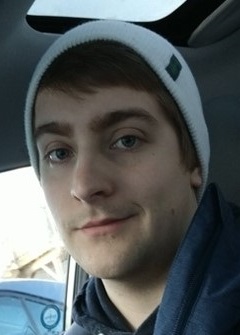 Zachary Chaisson's demonstrated a phase stable source of entangled photon triplets for his MSc (2021). He is currently a quantum engineer at Photonic. Zachary Chaisson's demonstrated a phase stable source of entangled photon triplets for his MSc (2021). He is currently a quantum engineer at Photonic. |
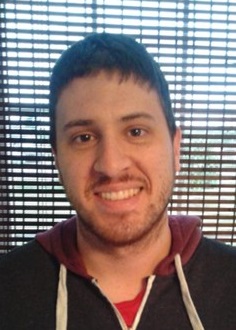 Bobby Bourque finished his MSc in 2021, in which he explored second harmonic generation at low photon levels in organic nonlinearmaterials. He is now a mathematician at IGT. Bobby Bourque finished his MSc in 2021, in which he explored second harmonic generation at low photon levels in organic nonlinearmaterials. He is now a mathematician at IGT. |
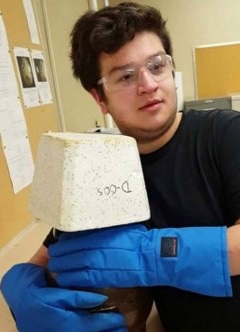 Patrick Poitras finished his MSc in 2021. He studied the use of cascaded SPDC for single photon heralding. He is currently an processor software developer at D-Wave. Patrick Poitras finished his MSc in 2021. He studied the use of cascaded SPDC for single photon heralding. He is currently an processor software developer at D-Wave. |
Other past group members
- Micaël Richard (Undergraduate student, 2017, 2019)
- Paul-Henry Glinel (Undergraduate student, 2018)
- Yannick Castonguay-Page (Undergraduate student, 2017)
- Véronique Landry (Undergraduate student, 2016)
- Fallou Kane (MSc student, 2015-2016)
Publications
An up-to-date list of publications is available on Google Scholar. All articles are available in open access on arXiv.
- A. Leger, S. Gambhir, J. Légère & D. R. Hamel, Amplification of cascaded downconversion by reusing photons with a switchable cavity, Phys. Rev. Research 5, 023131 (2023).
- Z. M. E. Chaisson, P. F. Poitras, Y. Castonguay-Page, P.H. Glinel, V. Landry & D. R. Hamel, Phase-stable source of high-quality three-photon polarization entanglement by cascaded downconversion, Phys. Rev. A. 105, 063705 (2022).
- P. Poitras, E. Meyer-Scott & D. R. Hamel, Proposal for low-noise heralded single photons from cascaded downconversion, Optics Express 26, 12930 (2018).
- S. Agne, T. Kauten, J. Jin, E. Meyer-Scott, J. Z. Salvail, D. R. Hamel, K. J. Resch, G. Weihs & T. Jennewein, Observation of Genuine Three-Photon Interference, Physical Review Letters 118, 53602 (2017).
- L. M. Procopio, L. Rozema, Z. J. Wong, D. R. Hamel, K. O'Brien, X. Zhang, B. Dakic & P. Walther, Single-photon test of hyper-complex quantum theories using a metamaterial, Nature Communications 8, 15044 (2017).
- E. Meyer-Scott, D. McCloskey, K. Golos, J. Z. Salvail, K. A. G. Fisher, D. R. Hamel, A. Cabello, K. J. Resch, & T. Jennewein, Certifying the Presence of a Photonic Qubit by Splitting It in Two, Physical Review Letters 116, 070501, (2016).
- L. K. Shalm et al. A strong loophole-free test of local realism, Physical Review Letters 115, 250401 (2015).
- L. M Procopio, A. Moqanaki, M. Araújo, F. Costa, I. A Calafell, E. G. Dowd, D. R. Hamel, L. A. Rozema, C. Brukner & P. Walther, Experimental superposition of orders of quantum gates, Nature Communications 6, 7913 (2015).
- D. R. Hamel, L. K. Shalm, Hübel, A. J. Miller, F. Marsili, V. B. Verma, R. P. Mirin, S. W, Nam, K. J. Resch & T. Jennewein, Direct generation of three-photon polarization entanglement, Nature Photonics 8, 801-807 (2014).
- P. Kolenderski, C. Scarcella, K. D. Johnsen, D. R. Hamel, C. Holloway, L. K. Shalm, S. Tisa, A. Tosi, K. J. Resch & T. Jennewein, Time-resolved double-slit experiment with entangled photons, Scientific Reports 4, 4685 (2014).
- L. K. Shalm, D.R. Hamel, Z. Yan, C. Simon, K. J. Resch & T. Jennewein, Three-photon energy-time entanglement, Nature Physics 9, 19-22 (2013).
- Z. Yan, D. R. Hamel, A. K. Heinrichs, X. Jiang, M. A. Itzler & T. Jennewein, An ultra low noise telecom wavelength free running single photon detector using negative feedback avalanche diode, Review of Scientific Instuments 83, 073105 (2012).
- R. Prevedel, D.R. Hamel, R. Colbeck, K. Fisher & K.J. Resch, Experimental investigation of the uncertainty principle in the presence of quantum memory and its application to witnessing entanglement, Nature Physics 7, 757-761 (2011).
- Y. Lu, N. Coish, D.R. Hamel, S. Croke & K.J. Resch, Minimum-error discrimination of entangled quantum states, Physical Review A 82, 042340 (2010).
- H. Hübel, D.R. Hamel, A. Fedrizzi, S. Ramelow, K.J. Resch & T. Jennewein, Direct generation of photon triplets using cascaded photon-pair sources, Nature 466, 601-603 (2010).
- D.N. Biggerstaff, R. Kaltenbaek, D.R. Hamel, G. Weihs, T. Rudolph & K.J. Resch, Cluster-state quantum computing enhanced by high-fidelity generalized measurements, Physical Review Letters 103, 240504 (2009).
Positions
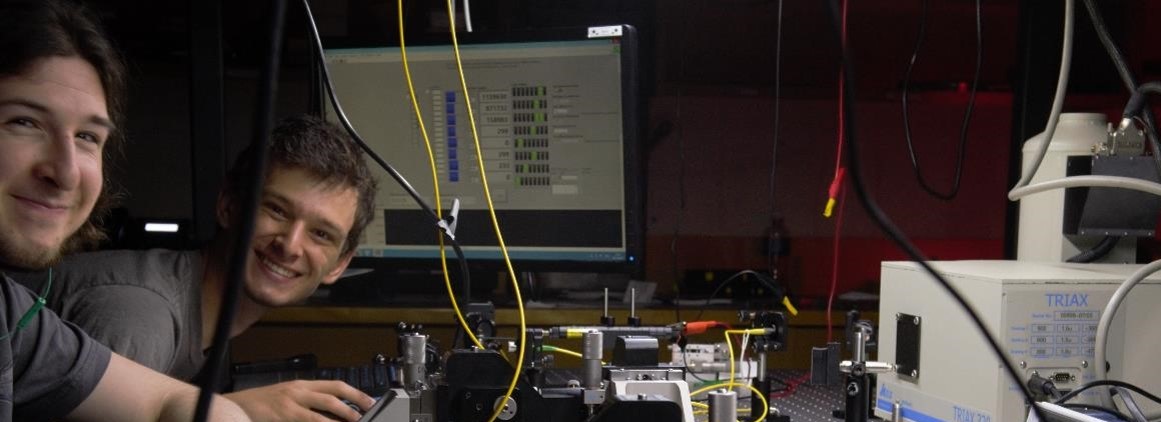
Postdoc
Candidates interested in doing a postdoctoral internship in our group can contact me by email with a CV and a summary of research interests.
NEW! We are currently running a limited-time call for candidates to fill a fully funded postdoctoral position within our group. Applications are due September 1, 2023. Please see the complete posting here for full details and for information regarding the application procedures.
Graduate
Positions are available at the MSc and PhD level for motivated students looking to work on projects in quantum optics and quantum information. Those interest should submit an official application for admission to the Université de Moncton, and may also email me in parallel to discuss possible projects. Prospective students are also encouraged to pursue external scholarships, both through UdeM and elsewhere .
Undergraduate
There are occasionally opportunities for undergraduate students to join the group for summer internships. Interested students are encouraged to contact me by email with their CV and transcript. Spaces are limited, so students are encouraged to get in touch as early as possible. I also encourage students to apply for an NSERC undergraduate research grant . The internal deadline for this competition is usually in early March, it is better to contact in late January at the latest.
NEW FOR INTERNATIONAL STUDENTS! Eligible international students can apply to join our group for a research internship through the Mitacs Globalink program . During the application process, look for our project titled : Entangling photons for quantum information.
Contact
Email
Telephone
Address
Postal
Université de Moncton
Campus de Moncton
Pavillon Léopold-Taillon
18 avenue Antonine-Maillet
Moncton, NB
Canada E1A 3E9 |
Physical
Université de Moncton
Campus de Moncton
Pavillon Rémi-Rossignol
60 rue Notre-Dame-du-Sacré-Coeur
Moncton, NB
Canada |







